Wentworth Woodhouse's restoration unearths the secrets of an unexplored rooftop world
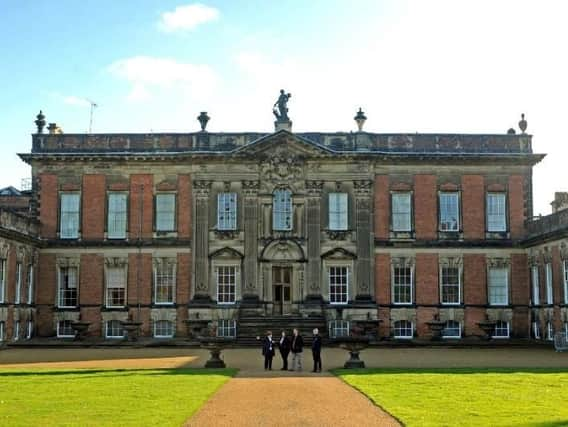

For the first time in over 40 years, the roof of this magnificent stately home near Rotherham is accessible again as the urgent repairs that will secure the mansion's future as a visitor attraction begin.
Contractors have been at work for months and the glorious facade of the Fitzwilliam family's ancestral seat is encased in a protective shell of scaffolding that hides its Palladian frontage - which is longer than that of Buckingham Palace.
Advertisement
Hide AdAdvertisement
Hide Ad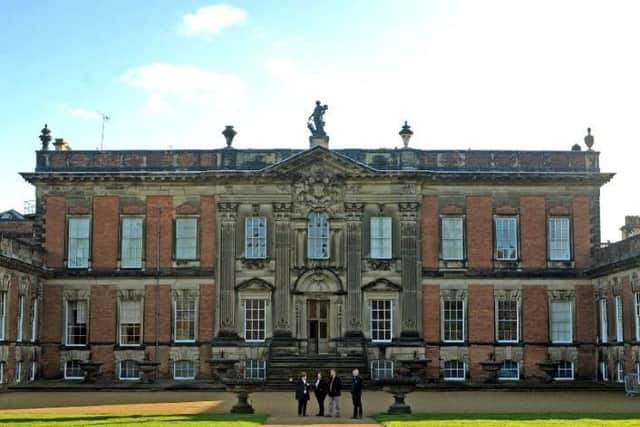

But this unsightly concealment is a small price to pay for the restoration work it enables - a project that's part of the Wentworth Woodhouse Preservation Trust's 20-year masterplan to fully re-open one of the most gilded country houses of its age to the public for the first time.
A damaged jewel
Leaks, dry rot and damp caused by the disintegrating roof have plagued the house for decades and left many rooms in a state of decay. The beauty of the Marble Saloon - used for the filming of a ball scene in the new Downton Abbey movie - is tempered by obvious water damage to its Georgian ceilings.
A volunteer speaks of her wonderment at seeing Dame Maggie Smith and other doyennes of British period drama dancing in the ballroom surrounded by extras dressed as footmen - "it was like stepping back in time" - before giving a self-deprecating laugh as she points out the rotten holes above our heads.
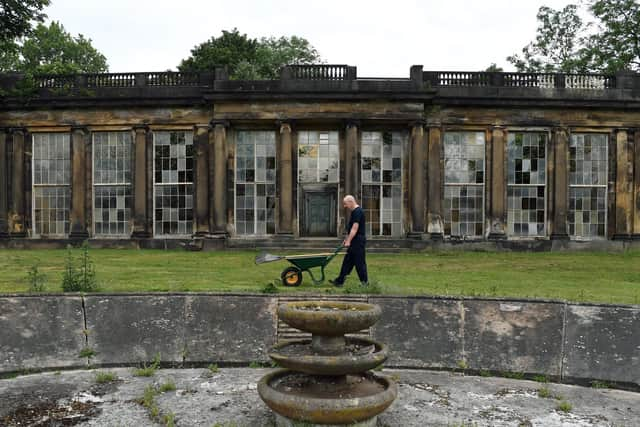

Advertisement
Hide AdAdvertisement
Hide AdThe replacement of the 18th-century roof tiles will protect the staterooms below - and allow Wentworth Woodhouse to fulfill a new destiny as the Blenheim Palace of the north.
The roof opens to visitors
As part of the project, visitors will be allowed up onto the roof for guided tours available for a short period of time. The public can climb 135 steps to a height of 18 metres and enjoy views of the parkland, gardens and courtyards beneath them, as well as several priceless statues and urns that have stood on the rooftop since the house's East Front was built in 1734. They can watch the stonemasons at work underneath a protective cover which will shelter them from the weather.
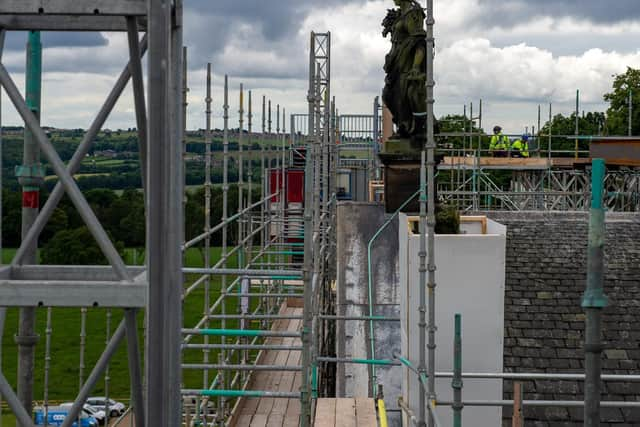

The scale of the project has seen heritage construction specialists Woodhead Group - who have also restored Lincoln Castle - work alongside the scaffolders Lyndon SGB to erect enough scaffolding poles to exceed the height of Mount Everest. The 'shell' will be in place for around 16 months, and the old Westmorland green roof slates will be replaced by new ones from the same Cumbrian quarry. The old slates will be recycled for use on other estate buildings. Conservation work will be undertaken on the historic treasures, which include 19 urns and several Georgian statues that are too valuable to be removed from their plinths.
Advertisement
Hide AdAdvertisement
Hide AdThe Grade I-listed building's structure is so fragile that scaffolding cannot be fixed to the exterior walls - presenting a challenging situation for the workforce. Contractors must also ensure there is safe access for a steady stream of visitors who come for pre-booked tours of the house.
The 'creme de la creme' of restoration projects
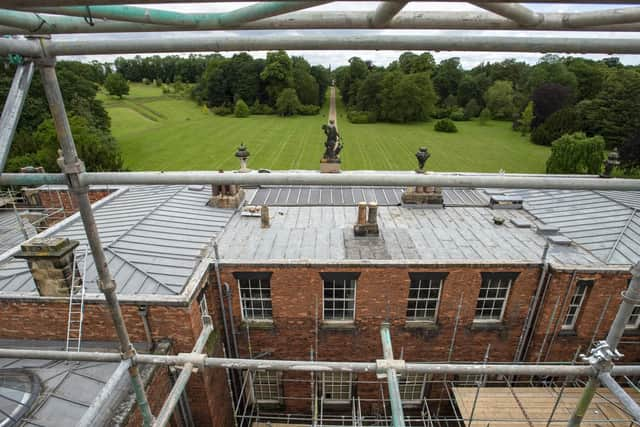

Site manager Andy Stamford is relishing every minute of a project that he considers a privilege to be overseeing.
"It's been a real challenge - the project is so vast. We are stripping off the old roof, preserving the historic features and re-roofing the central area. The urns have already been taken down by crane and the public can see them on the ground until they are taken back up.
Advertisement
Hide AdAdvertisement
Hide Ad"I am passionate about this sort of work - these are great views to have from your office window! It's the creme de la creme of projects."
Workers have even discovered graffiti and signatures left by stonemasons who repaired the roof in the early 1900s.
"There has been limited access to the roof until now, and it's not really been safe for maintenance workers to go up here. The condition of the roof was actually better than we first thought, but until we open up all six roof areas we don't know what we will find. We think the last time there were any patch repairs was in the early 1970s."
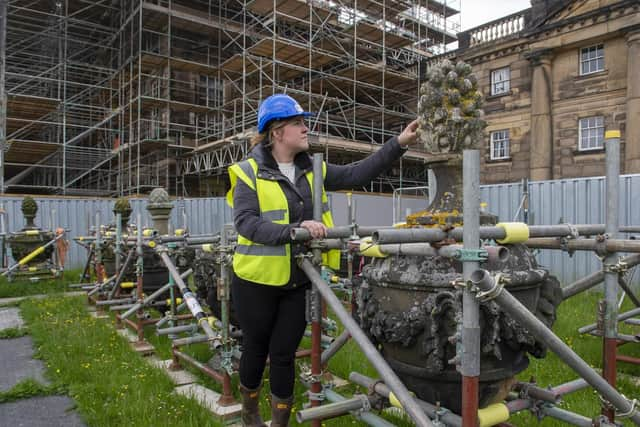

The house - which was vacated by the Fitzwilliam family after World War Two and rented out to a teacher training college before being sold and occupied by two private owners - has paid a heavy price for this lack of attention to the structure.
A house for the people, not the elite
Advertisement
Hide AdAdvertisement
Hide AdSarah McLeod is the chief executive of the Wentworth Woodhouse Preservation Trust, and she hopes that opening up the roof will be the springboard to a new chapter in the house's story.
"Allowing people onto the roof, from where they can get a different perspective, sends out a really important message that we are making things happen. This is just the beginning."
The Trust - which was established after purchasing the house for the nation in 2017 - are committed to making Wentworth the 'people's house', with opportunities for those living locally to become involved.
It will not be until 2040 when their dream is fully realised and Wentworth reigns again, but these first steps are crucial to revitalising buildings, grounds and gardens which were neglected for decades.
Advertisement
Hide AdAdvertisement
Hide Ad"Restoring the roof means we will have a dry building. Water is so dangerous and it just eats away at the house - it's the biggest problem we have so this is a massive relief and a huge weight off our shoulders."
Next on the Trust's list of projects is the re-opening of the camellia house, which will become a garden cafe and visitor facility, enabling the public to visit the grounds continuously even when the house is undergoing major work. The Grade II-listed building was at one time a menagerie full of exotic animals. Other works in the pipeline are the refurbishment of the stables, which will become an events space with shops and a cafe, and the renovation of rooms in the mansion to create luxury holiday lets and wedding guest accommodation.
"It's our first development so that the gardens remain accessible no matter what else is going on. We're trying to do the stables too, so that we can move commercial activity there while work is ongoing at the mansion. There are about 100 projects we could start - but it all depends on funding.
Advertisement
Hide AdAdvertisement
Hide Ad"I would love to see the Marble Saloon fully restored - it's the one that everyone wants to see. The floor alone will cost £250,000 to repair and there is really bad dry rot in the ceiling."
Sarah even hopes to keep one room in the mansion - there are over 300 in total - preserved in a state of decay to remind future generations of the extent of the transformation.
"Wentworth deserves to be different and this is a once-in-a-generation project. It will be a country house for the digital age, totally cutting edge. Twenty years from now, when it is finished, there will be a completely different audience and the world will have changed."
Tours of the roof can now be booked online via Wentworth Woodhouse's website. Each tour lasts for an hour and is led by a guide. Tickets are £12 for adults and £6 for children aged 5-17. A lift is available for people with disabilities.
Wentworth Woodhouse: A factfile
Advertisement
Hide AdAdvertisement
Hide Ad- The house has over 300 rooms - the exact number hasn't been established - and more than five miles of corridors
- There are 180 volunteers working in the house and gardens
- Insuring the house and contents costs £50,000 per year
- The monthly heating bill is £6,000
- The East Front is 185 metres long
- There are 180 acres of parkland and a 15,000-acre estate, which includes several farms
- The old walled kitchen garden is now a garden centre
- King George V and Queen Mary visited the family at Wentworth as part of a large group in 1912. The King gave a speech to 25,000 local people who gathered on the front lawn
- Much of the formal gardens and woodland were destroyed by post-war open cast mining in the parkland
Advertisement
Hide AdAdvertisement
Hide Ad- The family lost much of their wealth following the deaths of the seventh and eighth earls within years of each other in the 1940s. The male line then became extinct, and the titles passed to a cousin. The eighth earl's daughter, Lady Juliet, inherited the house and art collection
- After the war, the family attempted to donate the house to the National Trust, who declined the offer. Instead, the seventh earl's sister, Lady Mabel, arranged a lease with a ladies' PE teacher training college, who moved into Wentworth. The family remained in a 40-room apartment. Students from Sheffield City Polytechnic University were later based on the estate, and accommodation blocks were built in the grounds. The Georgian stables had laboratories, a swimming pool, squash courts and a bar
- The lease ended in 1988 and a year later the family sold the house to a local businessman. In 1998 it changed hands again and London architect Clifford Newbold bought it. After his death, the house went back on the market in 2015
- The 15,000-acre estate is still owned by trustees of the family
- Wentworth Castle in nearby Stainborough was built as a rival mansion by a disgruntled member of the family who felt he had a claim to inherit the main estate